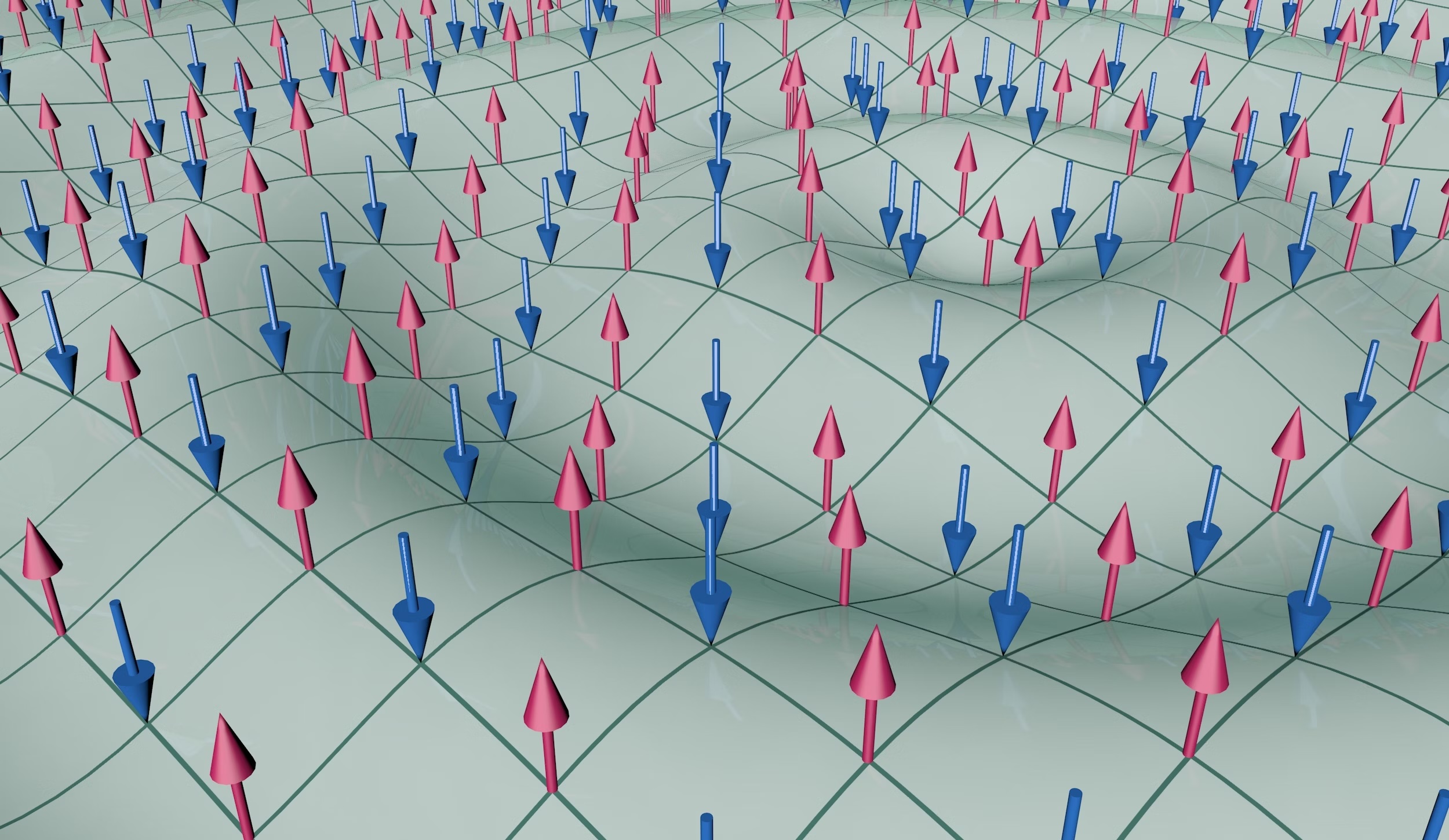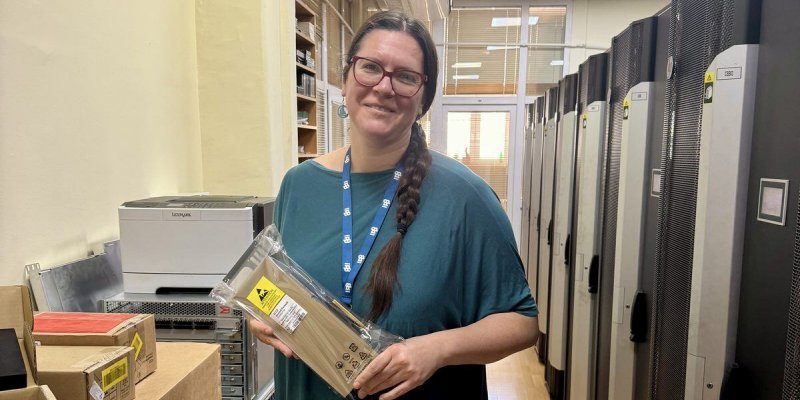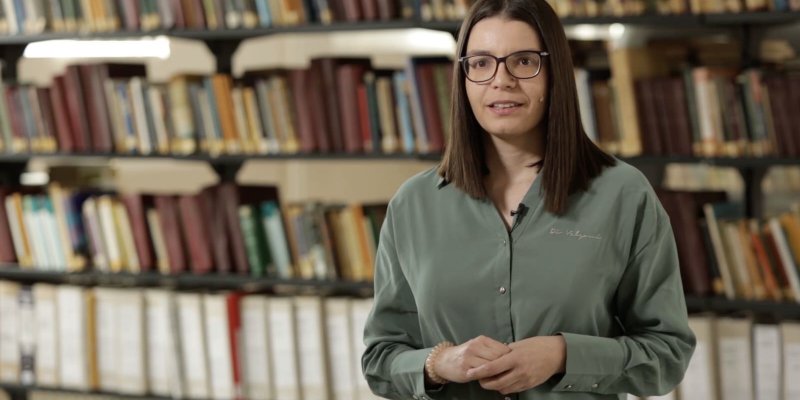Electron transport in strongly correlated systems (in which the movement of one electron is strongly influenced by all other electrons) is a key topic in condensed matter physics. The low-temperature behaviors of such systems need to be better understood. Innovative quantum many-body numerical methods could shed light on these. Dr. Jakša Vučičević from the Institute of Physics Belgrade develops real-frequency diagrammatic Monte Carlo method, a promising new numerical approach to the many-electron problem. His work will yield numerically exact results for resistivity in many lattice models at low temperatures and as a function of a magnetic field. It is worth noting that in November 2022, Jakša received the ERC Starting Grant for his work in this field.
During an interview with HPC Serbia, Jakša explained that his focus is on simulating the behavior of electrons in solid materials that have a crystal structure. The numerical simulations conducted by his team help provide insights into the behavior of various materials, enabling them to identify the necessary steps to achieve desired properties. In particular, his team is studying superconducting materials, whose electrical conductivity is exactly zero. They aim to use these simulations to understand how to increase the critical temperature for superconductivity in these materials. "A long-term goal of an entire scientific field is to synthesize materials which are superconductive at room temperatures. This kind of discovery would call for a new industrial revolution", states Jakša, adding that, by the new method and use of supercomputer resources at the Institute of Physics Belgrade, which is to be considerably upgraded by the ERC funds, "it would be possible to calculate conductivity and dynamical properties without the input of unnecessary and incontrollable approximations, a feat which has so far been inconceivable".
 Image credit: Lucy Reading-Ikkanda/
Image credit: Lucy Reading-Ikkanda/



